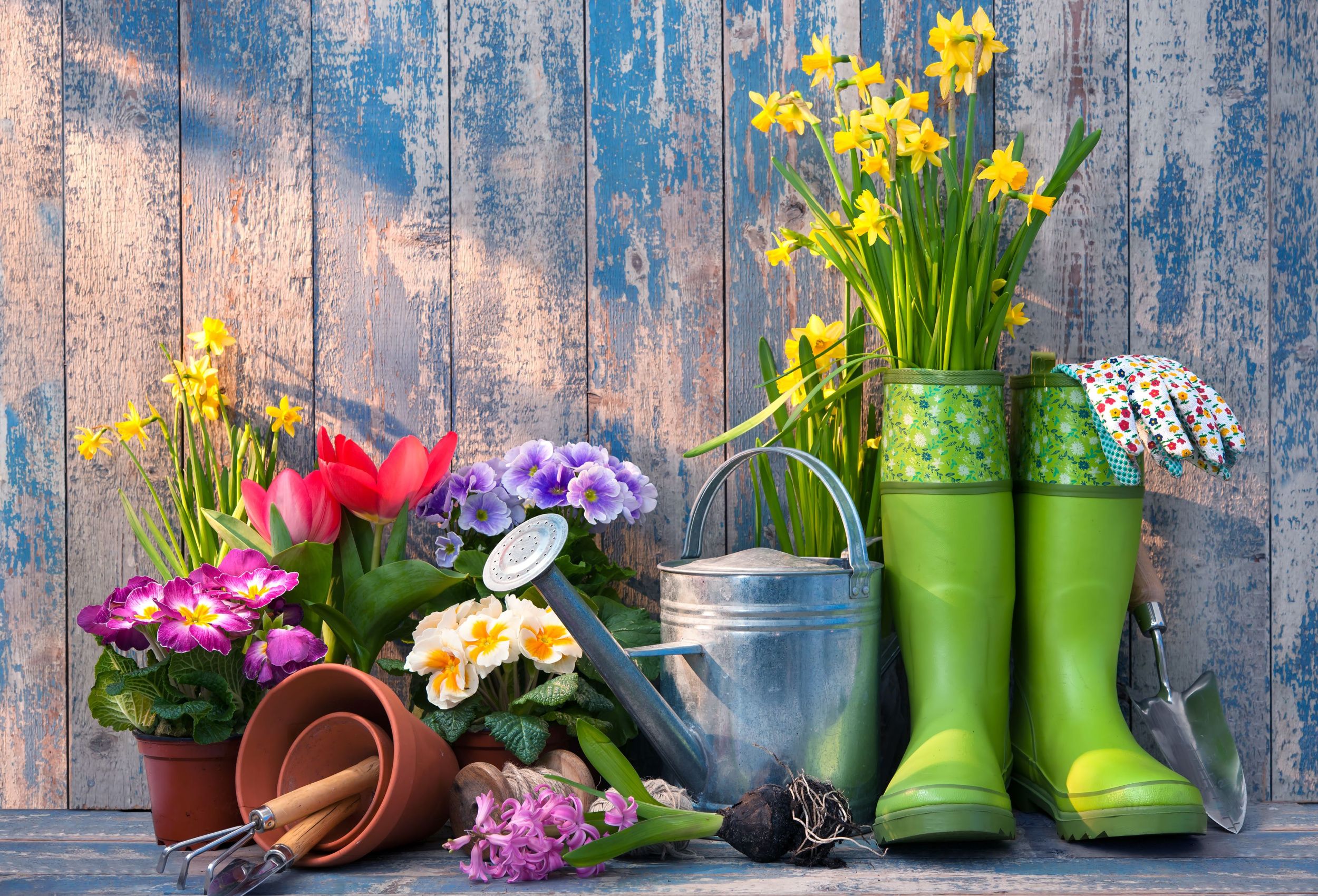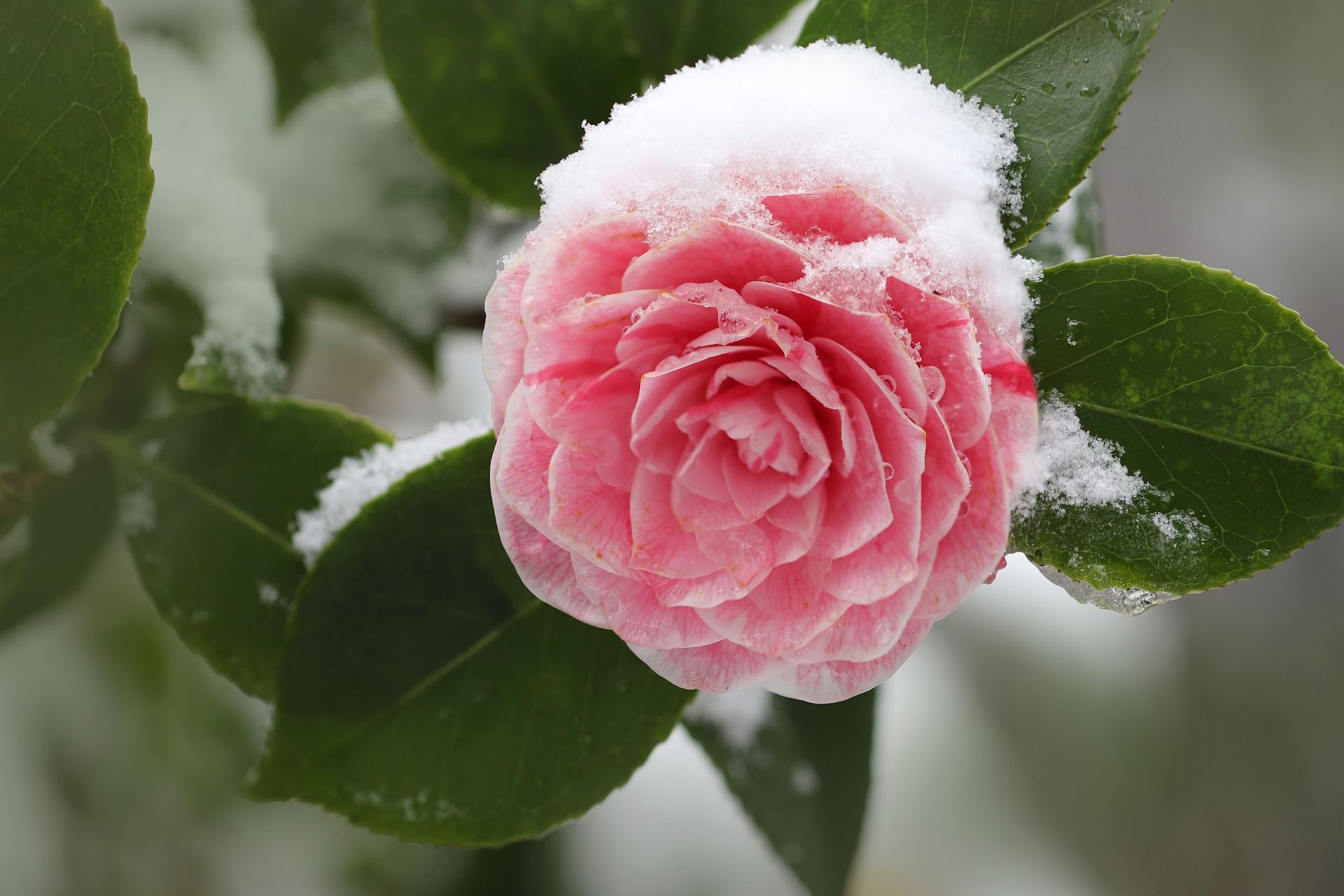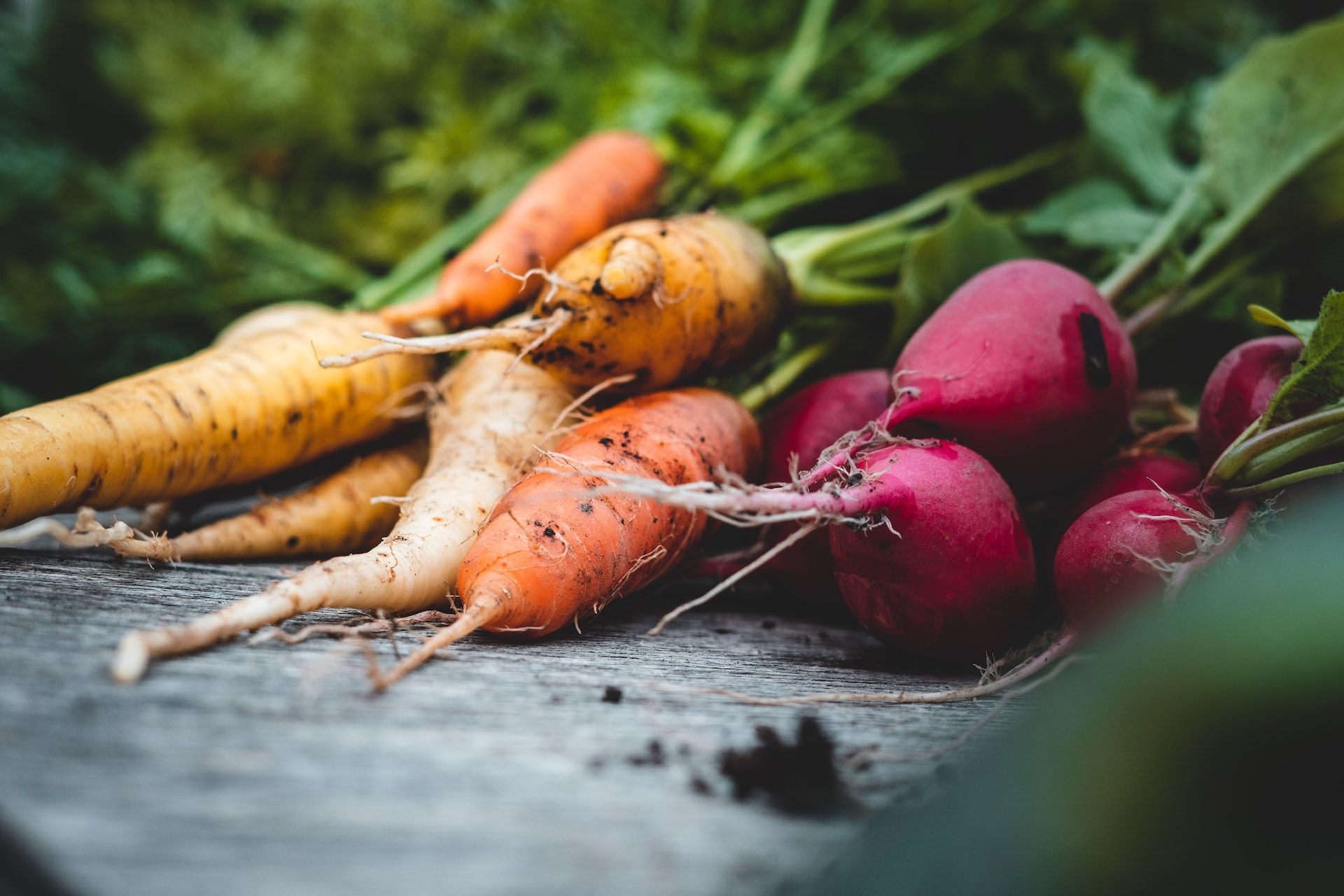There's something about the new year that feels like a fresh start. It's a time for making resolutions and setting goals for the months ahead. If you would like to add some greenery to your life this year, why not start planning your spring garden?
With the right preparation and dedication, you can create a beautiful and bountiful garden that will last all season long. Whether you are a beginner or an experienced gardener, here are some tips on when to start sowing indoor seeds and transplanting your spring garden so you can get off to the best start possible.
Why Your Frost Date is Important
mage credits: Nennieinszweidrei via Pixabay
Knowing the last frost date of your area is essential for planning a successful spring garden. Understanding when to plant your flowers, vegetables, and other plants can make all the difference in determining how healthy they will be.
Frost dates vary depending on where you live and your climate zone, so it’s important to research the specific dates for your location before planting. In addition to investigating what type of plants are best for your climate zone, you should also look into which plants need to be started indoors and which can go directly into the ground at planting time.
Certain veggies like tomatoes need warmer temperatures and a longer growing season than most other crops. These plants may need extra protection or help getting started that later-season crops may not require.
Knowing the last frost date of your area will also help you decide when to purchase seedlings, how much time and money you should invest in pre-season protection for sensitive plants, and when to start planting.
When Is the Best Time to Start Sowing Indoor Seeds and Transplanting
Image credits: Karolina Grabowska via Pexels
Starting your indoor garden this winter will provide homegrown produce throughout the spring and summer months. Plus, it's fun and rewarding to watch your plants grow from tiny seeds and see the results of your hard work in the garden.
Even with winter knocking on the door, you can start many types of seeds indoors in preparation for the garden season ahead. For example, broccoli and cabbage grow best when started from seed approximately 12 weeks before the first frost date of the season and transplanted seven weeks after.
Other vegetables, such as eggplants and peppers, can also benefit from an early start inside, and you should transplant them about two weeks after your frost date.
How to Start Planning Your Spring Garden
Image credits: Jonathan Kemper via Unsplash
Having a well-thought-out plan in place will help ensure you have a beautiful and bountiful garden come springtime. Here are some tips on how to get started.
Decide What You Want To Grow
Are you looking for flowers, vegetables, herbs, or all three? Take inventory of what plants will do best in your climate and the available space. It can help narrow down your choices so that you’re only focusing on plants that are right for your area.
Research Planting Times
As mentioned, find out when the last expected frost is in your area, as this will affect when you can start planting. Once you know this, you can determine the best times to start sowing seeds or transplanting your plants.
Plan Out Your Space
Look at how much room you have to work with and divide it up accordingly. Space out larger plants so they have enough room to grow and thrive, leaving enough space for other plants.
Clean Your Tools
Clean and sharpen your garden tools, such as shovels, trowels, or hoes. Wipe them down to remove all dirt and rust. Additionally, sharpen the edges, and inspect them for any signs of insect or fungus damage.
In Summary
By taking the time to plan for your spring garden, you can ensure that you have a beautiful and bountiful harvest. Start early by learning about your local climate requirements and the types of plants that will thrive in your area. Gathering supplies and drawing out plans will also be helpful.
Once everything is set up and ready to go, you can enjoy the benefits of having a homegrown garden, from fresh produce to quality time spent outdoors with nature. So don't wait any longer, get ready for spring and start planning your garden today!
Be sure to tell your friends and family about your gardening plans. They may want to join in or even start their gardens! Do you have any tips or tricks for planning a spring garden? Leave a comment below!




